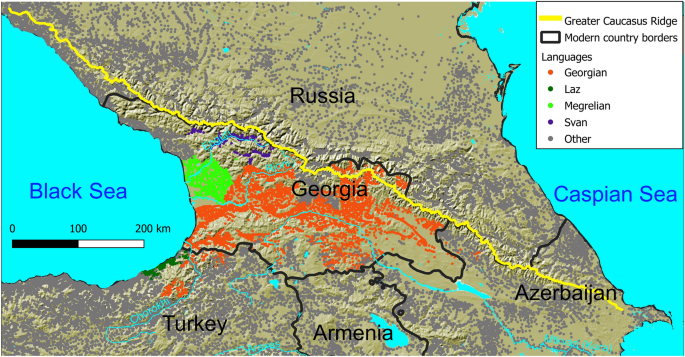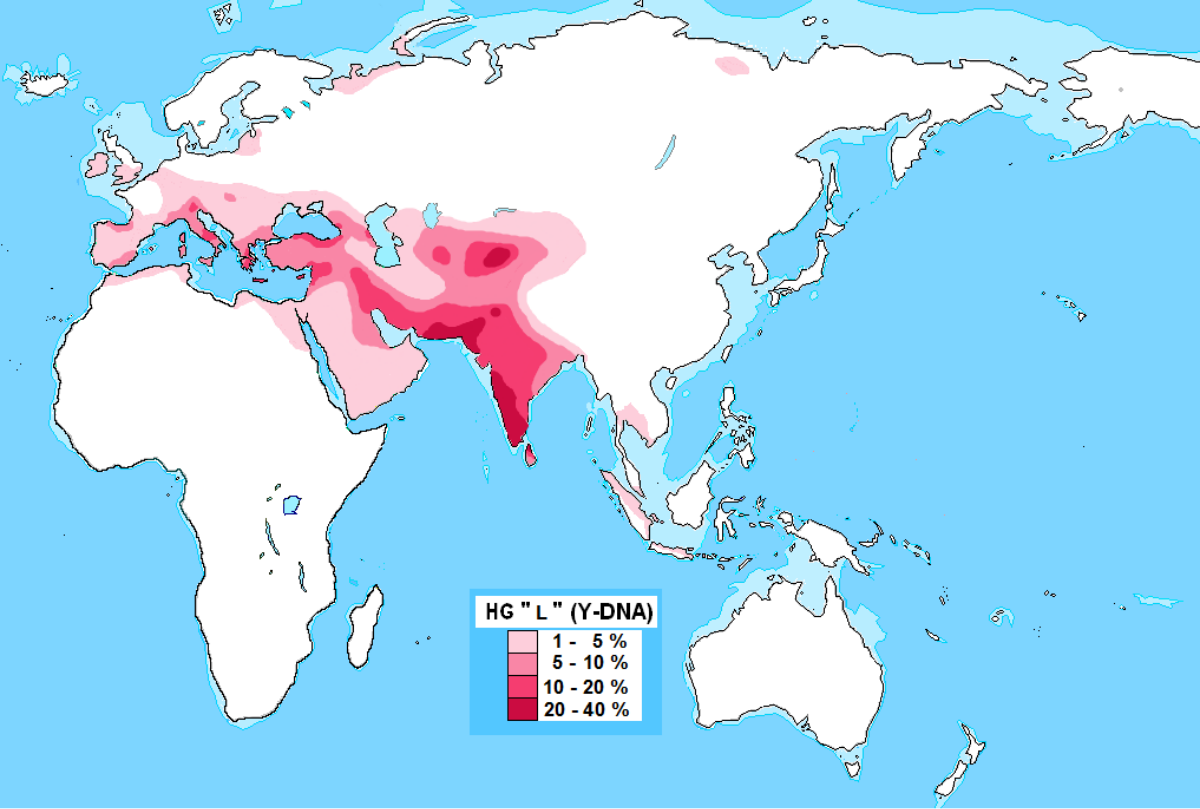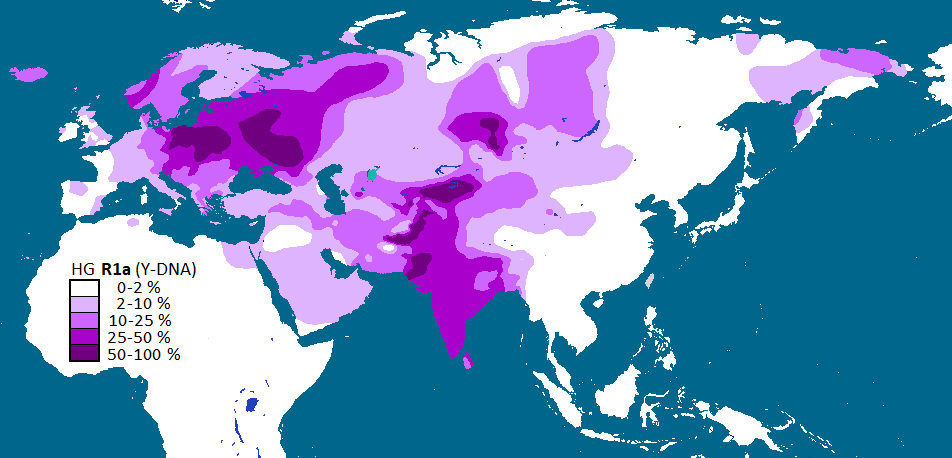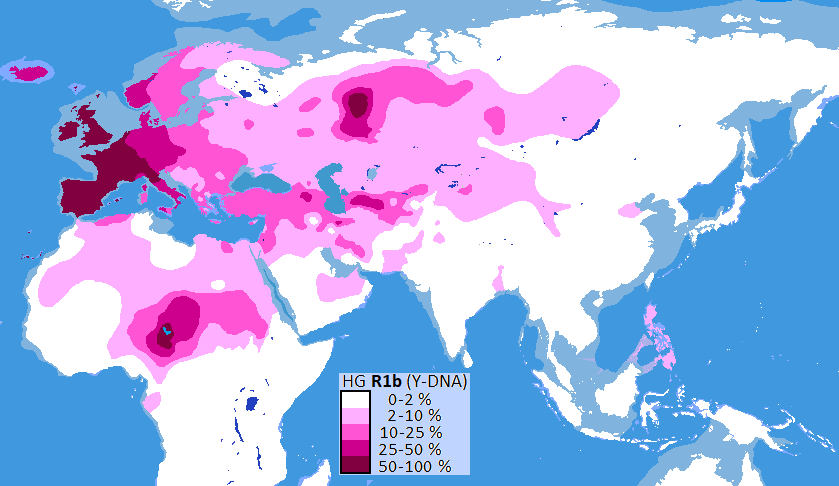Omino
Regular Member
"This study re-examines the linguistic phylogeny of the South Caucasian linguistic family (aka the Kartvelian linguistic family) and attempts to identify its Urheimat. We apply Bayesian phylogenetics to infer a dated phylogeny of the South Caucasian languages. We infer the Urheimat and the reasons for the split of the Kartvelian languages by taking into consideration (1) the past distribution ranges of wildlife elements whose names can be traced back to proto-Kartvelian roots, (2) the distribution ranges of past cultures and (3) the genetic variations of past and extant human populations. Our best-fit Bayesian phylogenetic model is in agreement with the widely accepted topology suggested by previous studies. However, in contrast to these studies, our model suggests earlier mean split dates, according to which the divergence between Svan and Karto-Zan occurred in the early Copper Age, while Georgian and Zan diverged in the early Iron Age. The split of Zan into Megrelian and Laz is widely attributed to the spread of Georgian and/or Georgian speakers in the seventh-eighth centuries CE. Our analyses place the Kartvelian Urheimat in an area that largely intersects the Colchis glacial refugium in the South Caucasus. The divergence of Kartvelian languages is strongly associated with differences in the rate of technological expansions in relation to landscape heterogeneity, as well as the emergence of state-run communities. Neolithic societies could not colonize dense forests, whereas Copper Age societies made limited progress in this regard, but not to the same degree of success achieved by Bronze and Iron Age societies. The paper also discusses the importance of glacial refugia in laying the foundation for linguistic families and where Indo-European languages might have originated."

 www.nature.com
www.nature.com

The time and place of origin of South Caucasian languages: insights into past human societies, ecosystems and human population genetics - Scientific Reports
This study re-examines the linguistic phylogeny of the South Caucasian linguistic family (aka the Kartvelian linguistic family) and attempts to identify its Urheimat. We apply Bayesian phylogenetics to infer a dated phylogeny of the South Caucasian languages. We infer the Urheimat and the...





